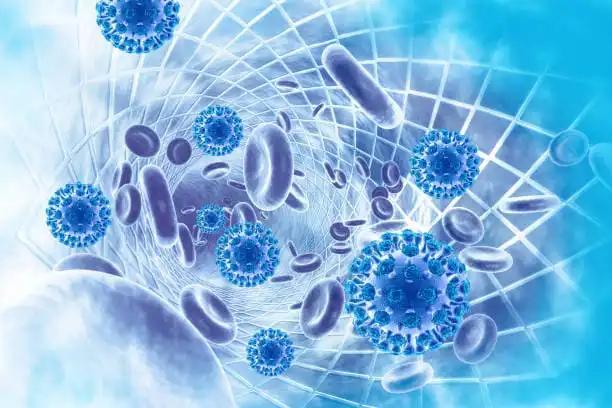KEY TAKEAWAYS
- The TCCP trial aimed to develop a new method to identify genes and pathways affecting patients’ immunotherapy responses.
- The study analyzed RNA-seq data from 875 immunotherapy pts to identify prognostic gene and lncRNA signatures stratified by cancer type.
- The study identified gene panels of mRNA and lncRNA molecules that may play a role in immunotherapy functioning and are investigating the mechanisms involved.
New evidence suggests that long non-coding RNAs (lncRNAs) could be used as biomarkers for cancer, as they play a role in cell growth, death, movement, and stemness. Researchers aimed to develop a new method to identify genes and pathways affecting patients’ immunotherapy responses.
The study utilized clinical and transcriptomic data from the Total Cancer Care Protocol (NCT03977402) and the Avatar project within the Oncology Research Information Exchange Network (ORIEN). The analysis focused on 875 patients(pts) who received immune checkpoint inhibitor (ICI) treatment. To identify potential biomarkers, they employed a novel technique involving elastic net regression with resampling. This method involved 200 resampling steps, randomly selecting 80% of pts and 80% of gene signatures. They also integrated immune cell scores (Ecotyper and xCell) into the analysis to identify genes complementary to these scores. The study applied the same approach to discover prognostic lncRNA signatures. The analyses were conducted on all ICI-treated pts and further stratified by cancer type.
Of 875 pts treated with immune checkpoint inhibitors, there were 125 with melanoma, 143 with kidney cancer, 126 with non-small lung cancer, and 110 with head and neck cancer. The genome-wide selection method successfully pinpointed key prognostic genes and pathways for all these cancer types. For melanoma, the top five prognostic genes were identified as ZDHHC2, CBX4, MET, NTN4, and HLA-DQA1, with respective resampling-based selection probabilities of 80%, 78%, 77.5%, 77.5%, and 76.5%. Regarding lncRNAs, the top five were AC073655.3, AC116348.3, PITPNA-AS1, AC011447.3, and AL021978.1. When factored in immune scores in the selection model for melanoma, the top five prognostic protein-coding genes became TENM3, POLR2J3, SCCPDH, MET, and SIAH1. In the realm of lncRNAs, the top five were AC007620.2, PITPNA-AS1, HCG11, SLC25A5-AS1, and LINC02258, respectively.
The study identified gene panels of mRNA and lncRNA molecules that may play a role in immunotherapy functioning and are investigating the mechanisms involved.
Source: https://ascopubs.org/doi/abs/10.1200/JCO.2023.41.16_suppl.2617
Clinical Trial: https://clinicaltrials.gov/study/NCT03977402
Xuefeng Wang, Tingyi Li, Vineeth Sukrithan, Aakrosh Ratan, Martin McCarter, John D. Carpten, Howard Colman, Alexandra Ikeguchi, Igor Puzanov, Susanne M. Arnold, Michelle L. Churchman, Patrick Hwu, William S. Dalton, George J. Weiner, and Ahmad A. Tarhini. DOI: 10.1200/JCO.2023.41.16_suppl.2617 Journal of Clinical Oncology 41, no. 16_suppl (June 01, 2023) 2617-2617.



